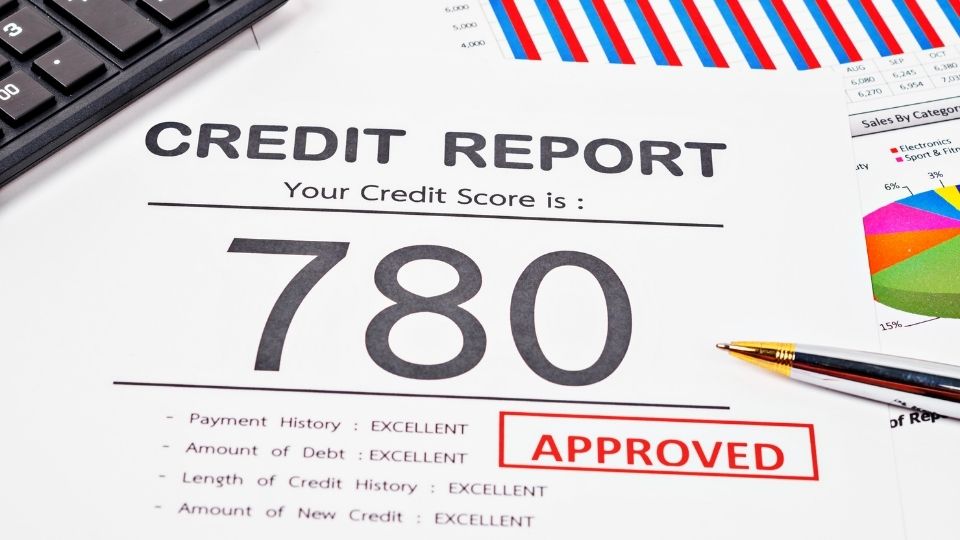13 Frequently asked questions about Bridge Loans

There are numerous scenarios where bridge loans can prove to be extremely useful. As the term suggests, a bridging loan offers the opportunity to bridge the gap between payment and receipt of funds. They tend to be relatively short-term arrangements, but like the majority of the loans, they are open to negotiation. We will now look at 13 frequently asked questions about bridging loans.
How do you qualify for a bridging loan?
As bridging loans are collateral-based finance, you stand a good chance of a successful application if you have sufficient collateral.
With a bridge loan, the capital and interest are repaid at the end of the term with no monthly repayments. Therefore, the loan to value (LTV) for a bridging loan compared to the collateral value is usually limited to 75%. This is because the LTV will consider the rolled-up interest and possible price movement on the collateral.

What is a bridge loan example?
The most common use of bridge loans involves real estate and those looking to move home. This provides a handy source of finance to secure a future home while awaiting the sale of their current home.
It is easier to see a bridging loan in action as this will give you a practical angle of how they are used.
Current property valuation: $500,000
Outstanding borrowings on property: $100,000
Net equity: $400,000
New property valuation: $300,000
Cash available: $100,000
Shortfall: $200,000
Using bridge loans, the buyer could borrow $200,000 secured against the new and current properties. This would allow them to complete the latest property purchase before selling their existing property. Assuming the present property was sold six months down the line, this will release a net $400,000.
As the bridge loan company holds security over the two properties, they would receive the $400,000 proceeds. Let us assume that, including interest and charges, the total amount due on the bridging loan was $220,000. Therefore, the lender would retain $220,000 to pay off the bridging loan and forward the balance of $180,000 to the client. At this point, ownership of the original property would be transferred to the buyer with the security removed from the new property, ownership being transferred to the client.
What interest rate do bridge loans charge?
As bridge loans are recognised as a source of short-term finance, interest charges are quoted monthly. They can range from less than 1% to more than 2%, depending upon the level of collateral available.
Traditionally, bridging loan interest rates tend to be higher than mortgages and other similar arrangements. This is due to their short-term nature. However, it is crucial not to lose sight of the risk/reward ratio, whereby the more significant the collateral available, the less risk, resulting in a relatively low interest rate. If the lender has considerable collateral to fall back on, this will minimise their exposure.

Why are bridge loans bad?
If bridging loans are used respectfully, they can serve a worthwhile purpose like any finance. However, used recklessly, they can lead to loss of collateral and a degree of financial distress.
Many people are concerned about the interest rates charged on bridge loans. While you often see relatively high annual interest rates quoted, the loan could be repaid in just a matter of weeks or months. Consequently, in reality, you are unlikely to be charged anywhere near the annual interest rate.
Used in the correct manner, bridging loans can be extremely useful when addressing short-term cash flow issues. Respect debt, and it can be your friend, show disrespect, and it can be a cruel enemy.
How difficult is it to get a bridge loan?
Applying for a bridging loan is relatively straightforward, with particular emphasis on the collateral used to guarantee the loan. If you have the collateral, a failsafe for the lender, this will improve your chances of a successful application.
Since bridging loans do not involve monthly repayments, there is no need for an affordability calculation, unlike mortgage applications. So, assuming you have the collateral to cover the bridging finance, an exit route and means of repayment, your application should receive due consideration. On the flip side, lenders have to be realistic when comparing and contrasting the borrower’s finances against the liabilities they are taking on.
Is a bridge loan considered cash?
Once your bridge loan is approved, the funds will be transferred into your bank account. It is effectively quasi-cash.
However, there will be certain conditions and restrictions on how and when the funds can be used. For example, if they are a means of bridging a property purchase and a property sale, this is the only purpose for which the funds can be used. In reality, the bridging loan company is likely to be involved in payment for the new property in the above example. This ensures that funds are not misused – although the collateral still protects the lender.
How long does it take to get a bridge loan?
On the surface, bridging loan applications are relatively straightforward, but they can take anywhere from just a couple of days to a couple of weeks.
It will depend upon the complexity surrounding the use of the funds as to how long a bridging loan application may take to be approved. However, as this is a very liquid and highly competitive market, where many borrowers have in-depth knowledge and experience in bridging loans, you should receive an answer relatively quickly.
How much can you borrow with a bridging loan?
In theory, there is no limit to the level of borrowing via a bridging loan, assuming that you have the relevant collateral.
In reality, a lender will consider your situation, credit history and how you intend to use the funds. For example, when it comes to property, lenders will usually quote a maximum 75% loan to value ratio. This means that for every $100,000 of collateral, you can borrow $75,000. However, if you require finance for a different reason, most lenders are open to negotiating an acceptable deal for both parties.
What type of security do I need to get a bridging loan?
Traditional types of security used when applying for a bridging loan include real estate, but, in theory, any asset can be used as collateral.
In reality, lenders will require relatively safe and secure collateral that will hold its value, such as real estate. While other assets could be used, such as classic cars, art collections, and similar items, their potential volatility may see a reduction in the maximum loan to value ratio of the bridging finance. Therefore, it is essential to discuss the availability of collateral with your lender at the earliest possible opportunity.
What is the exit route from a bridging loan?
As bridging loans are perceived to be short-term financial instruments, you need a means of repaying the capital, interest and charges. This is commonly referred to as an exit route, a way out of the arrangement.
There are two main ways in which you can exit from a bridge loan which are:-
Sale of an asset
As demonstrated above with the real estate transaction, the sale of the client’s original home raised sufficient proceeds to pay off the bridging loan in full. While bridge loans are prevalent in the real estate industry, it is essential to note they are potentially available for other asset classes.
Refinancing
Where an individual or a company has the opportunity to acquire an asset at short notice, they may use bridge loans to secure the purchase. This would be done with the intention of refinancing the transaction at the earliest opportunity. Usually, via a remortgage, business loan or personal loan, these funds will be used to repay the bridging loan in full.
Will my credit rating be taken into account when applying for bridging finance?
No. As interest on a bridging loan tends to be rolled up and repaid with capital, there are no monthly repayments. Consequently, assuming there is sufficient collateral, it is unlikely that your credit rating would impact your bridge loan application.
In light of the 2008 US mortgage crisis, many governments worldwide introduced mortgage affordability regulations. As monthly repayments are involved, this created a formal affordability calculation for those looking to secure mortgages and similar types of finance. However, there are no monthly repayments with a bridging loan as interest is rolled up and repaid at the end. Consequently, this type of finance does not require an affordability calculation. It is backed by collateral, therefore the risk is limited.
What are open and closed bridging loans?
A bridging can last from just a few weeks to anywhere up to 3 years. With a closed bridging loan application, there is a predefined repayment date. Whereas an open arrangement is “open-ended”, which means there is no predefined repayment date.
Even with an open-ended bridging loan, there is usually an indicative repayment date that will likely depend on other parties. This is perfectly illustrated where a bridging loan is used to finance a second property before the first property is sold. Even though the first property will sell, there is no definitive date, and therefore the arrangement is often left open.
On the flip side, with a closed arrangement, the client may have already agreed to a sale of their current property, but the settlement dates don’t match. This means they may require short-term funding to pay for their new home before sale proceeds are available. Either way, there is still collateral held against their finance which can be liquidated in the event of default.
Are there monthly repayments with a bridging loan?
The introduction of monthly repayments would negate some of the perceived benefits of short-term finance, such as a bridging loan. The whole point of bridging loans is to bridge the gap between inward and outward cash flow.
When a lender approves a bridging loan application, they will consider capital, interest and charges when securing collateral. This means that even though there are no monthly repayments, there is still sufficient security in the event of default. Typically, with a traditional mortgage, the client would pay down capital and interest each month, thereby reducing the lender’s exposure. It is very different from bridging finance, where the exposure increases as interest is rolled up, to be repaid at the end of the arrangement.
Summary
While bridging loans are often seen as specialist finance tools, if you have the collateral and a sound proposition, there’s no reason why your application should not receive due consideration. However, it is essential to note that there are no monthly repayments, which means that there will be an element of interest on interest until the loan is repaid in full. Consequently, as bridge loans are only seen as short-term finance, they can be relatively expensive in the longer term.
by Ash Horton
April 26, 2022
Ash is a professional content writer with extensive experience in business development in the financial services. Ash has founded businesses from the age of 19, including franchising ventures, and working alongside some of the largest retailers in the world.






